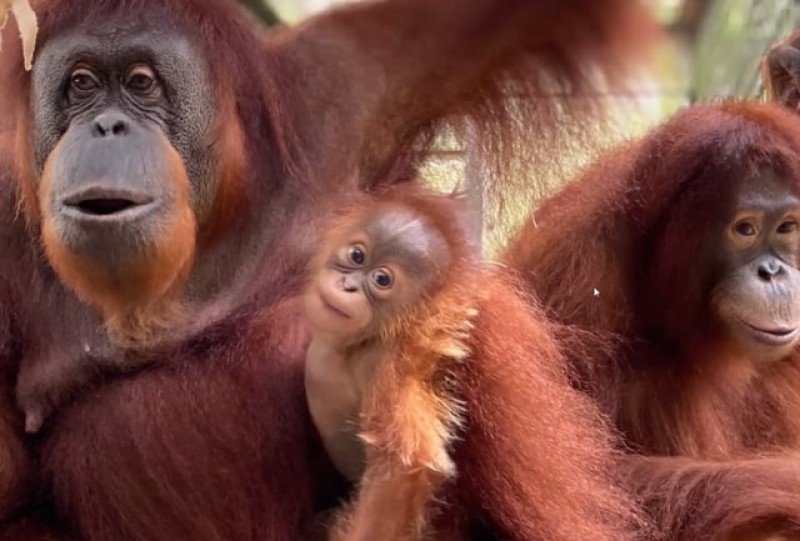Demand for great apes over the past two decades, be it for their bushmeat, skulls, or newborns, has resulted in their numbers dropping to endangered levels, despite the best efforts of sanctuaries and conservation areas.
There are two main types of great apes in Africa: the chimpanzee and the gorilla. Today, there are only 40,000 Western chimpanzees in the wild, scattered and in highly fragmented habitats surrounded by humans. Of the various gorilla species, the Mountain gorilla is classified as endangered; while the Western lowland, Cross River, and Grauer’s gorilla are listed by the International Union for Conservation of Nature as critically endangered.
By far, the principal demand driver for African great apes is their bushmeat, GI-TOC said. Their body parts, such as their skulls and hands, are also in demand for their perceived medicinal properties or just simply by collectors, who may also covet them as pets.
As demand has increased, it has brought with it increased attention for poachers to become more involved and organized in hunting apes. Traders and middlemen now make themselves available for the capture and transport of live specimens, in and out of Africa, where they wouldn’t have bothered before.
Social media sites have played a large role in proliferating the demand for great apes. YouTube and Facebook, for instance, are used to promote the apes as social media stars, while TikTok and Snapchat are used as online marketplaces and private deal-making platforms, according to GI-TOC.
When it comes to live specimens, infants are the most sought-after prize. Unfortunately, this usually requires the killing of the mother and any older apes who may seek to defend them.
But even once captured and en route to collectors, the baby ape’s life is still in great danger. During cross-border transport, many die due to injuries or mistreatment inflicted upon them by their handlers.
Somewhere between five and 10 great apes die for every one that is ultimately captured alive, GI-TOC said.
The price that they demand on the black market, however, is a more powerful influence than the endangered status they have regressed into.
Black market chimpanzees can command roughly US$50,000, even without papers or permits. Gorilla prices, meanwhile, command upwards of $250,000 per specimen, with one case in Dubai in 2022 showing a $548,000 sale price.
Sanctuaries and rehabilitation centers across the African continent play a vital role in boosting great ape numbers and reintroducing them into the wild. They work closely with police and provide a temporary or permanent home to captured or orphaned apes.
The Pan African Sanctuary Alliance, for instance, has 23 member facilities in 13 African countries. Collectively, they care for roughly 1,300 chimpanzees, gorillas, and bonobos rescued from illegal trade, according to GI-TOC.
Still, only a little over 100 have been successfully reintroduced into the wild, demonstrating the difficult road ahead to stabilize the great ape’s population figures.



